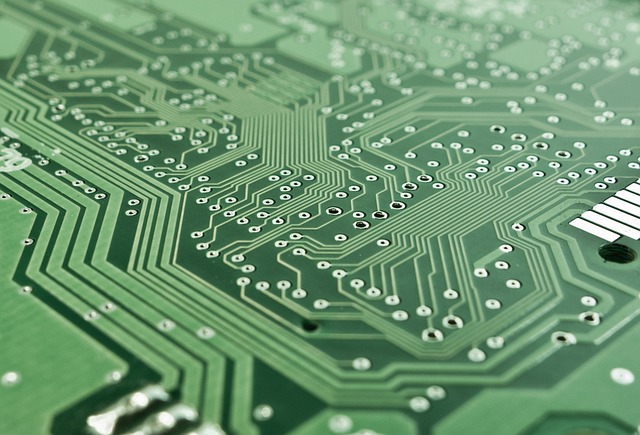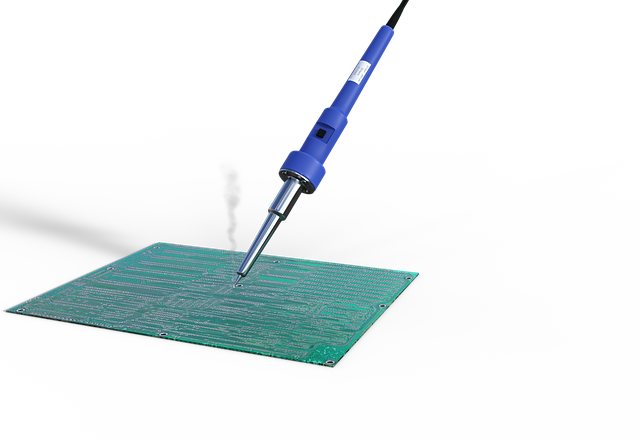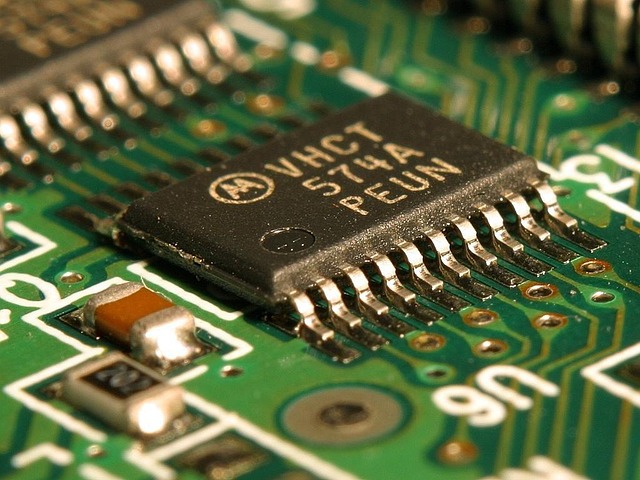The OneWheel electric board, a cutting-edge personal transport device, utilizes self-balancing technology powered by sensors, processors, and motors to maintain stability and provide a smooth ride. This compact, eco-friendly machine allows riders to navigate urban areas efficiently, avoiding traffic congestion. With simple body weight shifts, users control speed and direction, making it a convenient and space-saving transportation solution. Self-balancing technology, once a game-changer, now promises further advancements through AI and IoT integrations, offering enhanced performance, customization, and sustainability for future transport devices like the OneWheel electric board.
“Unveiling the Future of Urban Mobility: The Rise of Self-Balancing Technology and OneWheel Electric Boards. This comprehensive guide delves into the innovative world of self-balancing vehicles, with a special focus on OneWheel electric boards. From understanding the core principles to exploring real-world applications, we unravel the benefits, challenges, and future trends shaping urban transportation. Discover how these boards achieve remarkable self-stability, their key components, and their growing impact on mobility, offering a unique perspective on this game-changing technology.”
Understanding OneWheel Electric Boards: A Brief Overview

OneWheel electric boards, also known as self-balancing unicycles or hoverboards, are cutting-edge personal transportation devices that have taken the world by storm. These innovative machines use advanced gyroscopes and accelerometers to maintain balance and allow riders to navigate with just a slight shift of their body weight. The OneWheel board consists of a single wheel enclosed in an aerodynamic frame, making it both compact and efficient for urban commuting.
With a simple steering mechanism, users can control speed and direction by leaning forward or backward while standing on the board’s deck. The electric motor provides a smooth and silent ride, offering a unique blend of fun and functionality. These boards are eco-friendly, compact enough to fit in tight spaces, and offer a convenient way for folks to get around town without dealing with traffic jams.
The Core Principle of Self-Balancing Technology

Self-balancing technology is a fascinating innovation that forms the core principle behind many advanced transportation devices, with one of its most prominent applications being the OneWheel electric board. At its heart, this technology enables vehicles to maintain their balance and stability by utilizing sensors and sophisticated algorithms. These systems constantly monitor the vehicle’s orientation and adjust accordingly, ensuring a smooth and controlled ride.
The primary goal is to create a dynamic equilibrium, allowing the vehicle to stay upright even when moving at high speeds or navigating uneven terrain. By detecting any tilt or deviation from the vertical axis, the self-balancing mechanism adjusts the power distribution and wheel speed to counteract the imbalance. This real-time feedback loop ensures that riders can enjoy a stable, comfortable, and safe experience on their OneWheel electric boards, opening up new possibilities for efficient urban mobility and outdoor adventures alike.
How Does Self-Stability Work in OneWheels?

Self-balancing technology is the backbone of OneWheel electric boards, enabling them to maintain stability and control even at high speeds. At its core, this technology leverages a combination of sensors, processors, and motors working in harmony. The primary sensor is usually an inertial measurement unit (IMU), which detects the board’s orientation and motion in real-time. This data is fed into a powerful on-board processor that constantly calculates the necessary adjustments to keep the rider upright.
These calculations are then executed by small, precise motors attached to each wheel hub. By adjusting torque and speed independently on each side, the OneWheel can counteract any instability, ensuring a smooth and secure ride. This dynamic balance system allows riders to focus on steering and enjoying the ride, rather than constantly correcting their posture. The result is an intuitive, engaging experience that sets OneWheel electric boards apart as leaders in self-balancing technology for personal transportation.
Key Components of Self-Balancing Systems

Self-balancing technology is a core feature of modern electric boards, particularly the OneWheel. The key components driving this innovative system include sensors and advanced algorithms that enable real-time adjustments to maintain stability. These sensors detect changes in speed, direction, and terrain, feeding data to powerful processors that execute precise control commands to keep the rider upright.
The self-balancing mechanism operates by adjusting the board’s center of gravity through motor-driven wheels. When the rider leans forward or backward, the system reacts instantaneously, providing a smooth and responsive ride. This dynamic balance allows for agile maneuvering and ensures safety even at high speeds, making OneWheel electric boards stand out in the market as both fun and practical transportation solutions.
Benefits and Applications of Self-Balancing Technology

Self-balancing technology, popularized by innovative products like the OneWheel electric board, offers a multitude of benefits and applications that are transforming the way we think about transportation and recreation. These advanced systems utilize complex algorithms and sensors to maintain stability, allowing users to focus on movement and enjoyment rather than balancing. This technology not only enhances safety by reducing the risk of falls but also provides an efficient, eco-friendly mode of travel for short distances.
The applications of self-balancing technology extend far beyond simply getting from point A to B. It has found a niche in various industries, including fitness and recreation. Self-balancing boards offer a unique form of exercise, engaging core muscles and improving balance and coordination. Additionally, these technologies are being integrated into assistive devices, aiding individuals with mobility issues and offering new levels of independence. The versatility and adaptability of self-balancing technology promise to continue shaping our daily lives in exciting ways.
Challenges and Safety Considerations

Self-balancing technology, as seen in devices like the OneWheel electric board, offers a unique and thrilling way of transportation. However, it also presents several challenges and safety considerations that must be addressed. One primary concern is stability; maintaining balance while in motion requires advanced sensors, algorithms, and real-time adjustments to correct any wobble or shift in weight distribution.
Additionally, the speed and maneuverability of these devices can lead to potential hazards. Riders need adequate training and awareness to navigate obstacles, control speed, and respond to unexpected situations. Safety gear, including helmets and pads, is crucial to mitigating injuries from falls. Moreover, infrastructure design plays a vital role; smooth, clear paths free from obstructions are essential for the safe integration of self-balancing technology into urban areas.
Future Trends: Evolution of Self-Balancing Transport

The future of self-balancing technology looks bright, with one clear trend emerging: the evolution of self-balancing transport. As seen with innovations like the OneWheel electric board, personal mobility devices are becoming more sophisticated and versatile. These advanced machines not only offer eco-friendly transportation but also enhance users’ freedom and agility.
With each new iteration, these devices strive to improve stability, safety, and performance. The integration of AI and IoT technologies promises smarter, more responsive self-balancing transport solutions. Expect to see even greater customization, with options tailored to various user needs and preferences. Additionally, the focus on sustainability will drive further development in energy-efficient motors and eco-friendly materials, making these innovations both cutting-edge and environmentally responsible.
Real-World Use Cases of OneWheel Electric Boards

In recent years, OneWheel electric boards have emerged as a dynamic and innovative mode of transportation, finding their place in various real-world use cases. These compact, self-balancing scooters are not just for fun; they offer practical solutions for urban mobility. From commuting students to delivery services, the OneWheel electric board is proving to be an efficient and eco-friendly alternative to traditional vehicles.
One of its standout applications is in dense urban areas where traffic congestion is a persistent issue. The agile nature of OneWheel boards allows riders to navigate through tight spaces and avoid heavy traffic, making their way swiftly from point A to B. Moreover, they are ideal for short-distance deliveries, as evidenced by delivery services integrating them into their fleets, reducing carbon emissions and optimizing routes. This versatile technology is rapidly transforming the way we think about personal transportation and logistics.
Exploring the Impact on Urban Mobility

The advent of self-balancing technology has sparked a revolution in urban mobility, introducing innovative solutions like the OneWheel electric board. This compact and agile personal transport device offers a unique blend of convenience and eco-friendliness, appealing to commuters seeking efficient travel options within urban environments. By leveraging gyroscopic principles for stability, the OneWheel provides a smooth and responsive riding experience, enabling users to navigate through crowded city streets with ease.
Its impact on urban mobility is profound, promoting a shift towards more sustainable and streamlined transportation. The board’s compact design allows for easier storage and reduced traffic congestion, while its electric propulsion contributes to lower carbon emissions. As cities embrace smart mobility solutions, the OneWheel electric board stands out as a game-changer, reshaping the way people commute, offering a fun and efficient alternative to traditional modes of urban transport.
